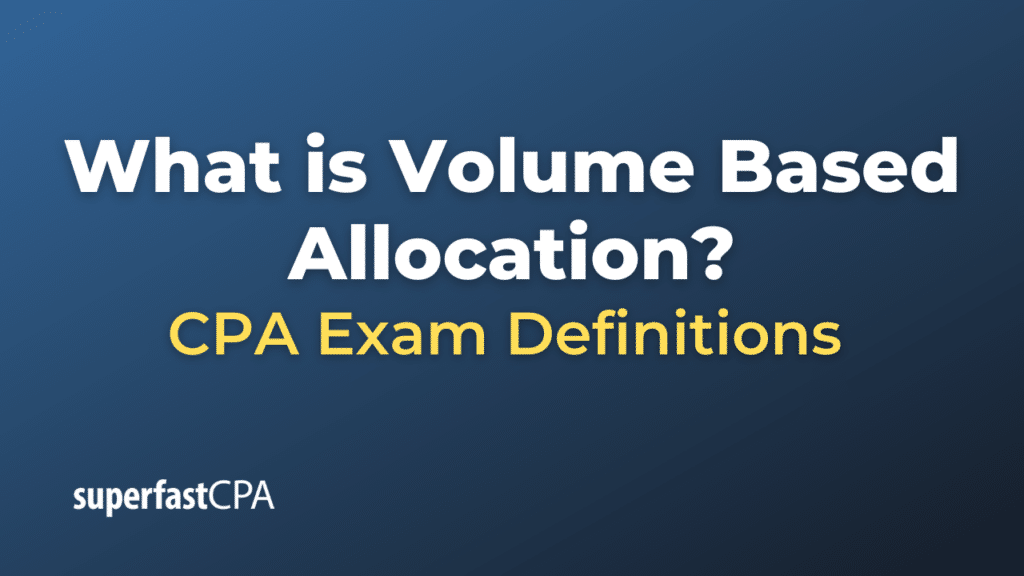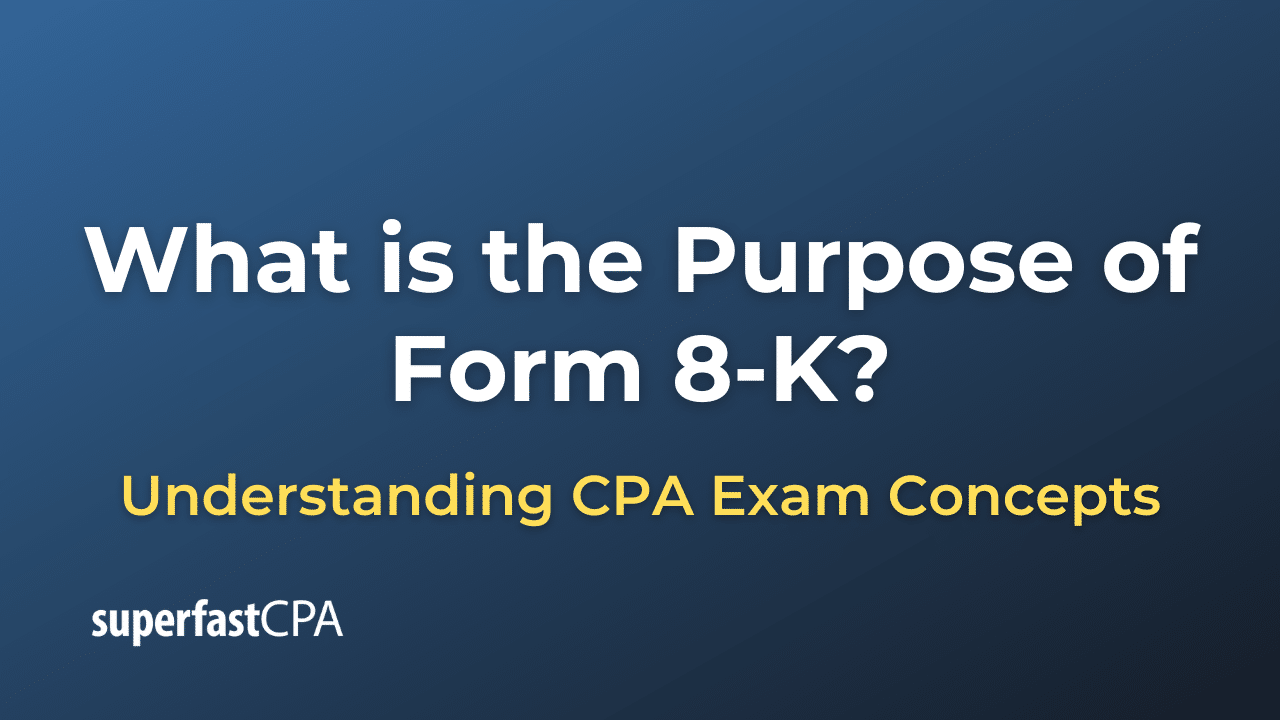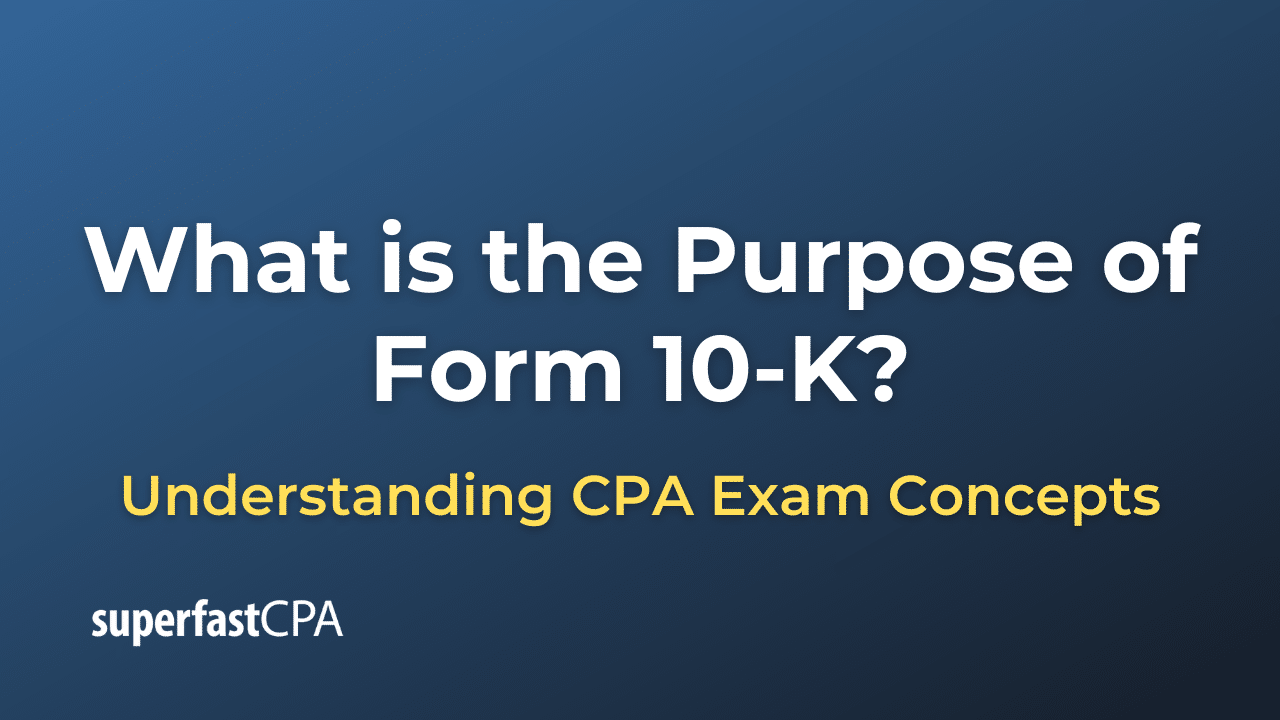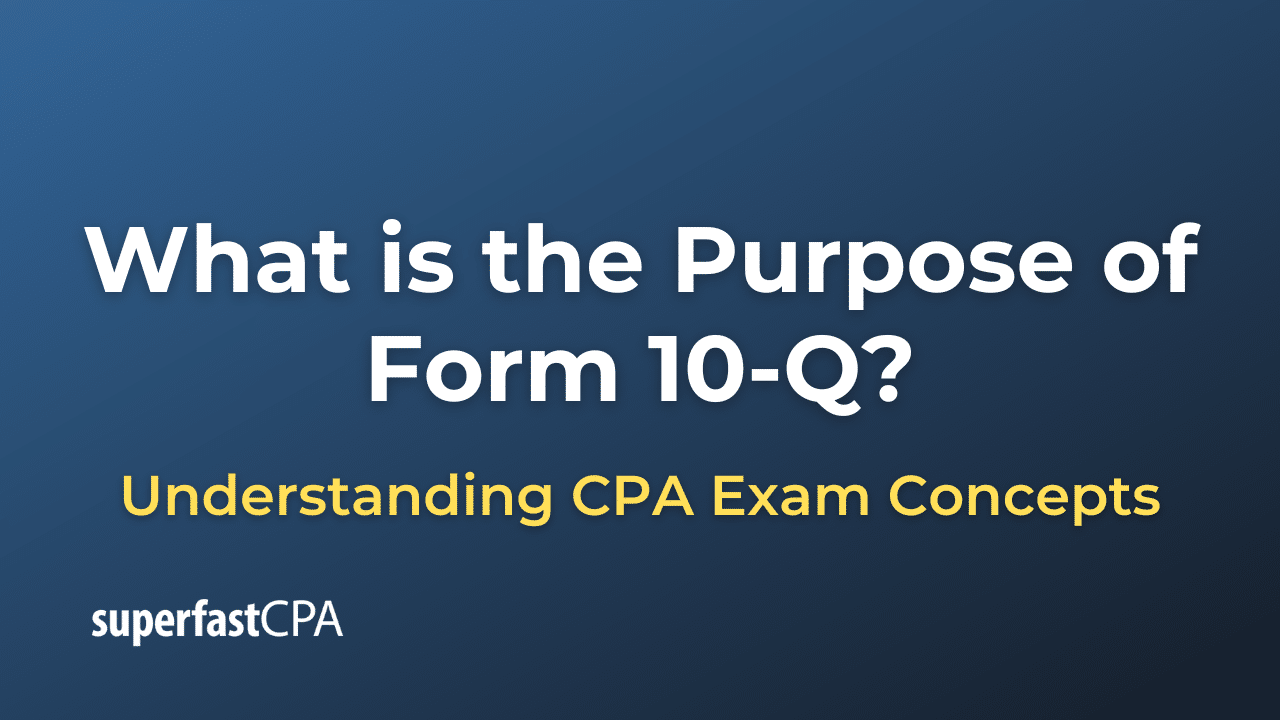Volume Based Allocation
Volume-based allocation is a cost allocation method commonly used in cost accounting and managerial accounting. The method distributes overhead costs to products, services, or departments based on a common volume-based metric. The idea is to fairly allocate fixed and variable overhead costs based on the level of activities or volume generated by each cost object (e.g., product, department, project).
Common Volume-Based Allocation Bases:
- Direct Labor Hours: Costs may be allocated based on the number of labor hours spent on each product or service.
- Machine Hours: If a manufacturing process is heavily automated, costs may be allocated based on the number of machine hours used for each product.
- Units Produced: In some cases, simply counting the number of units produced may serve as the allocation base.
- Sales Revenue: In revenue-centered organizations, overhead costs may be allocated based on the revenue generated by each department or division.
How It Works:
- Calculate Total Overhead Costs: The first step is to determine the total overhead costs that need to be allocated.
- Select an Allocation Base: Choose a volume-based metric that best reflects the consumption of resources across products, services, or departments.
- Calculate the Allocation Rate: Divide the total overhead costs by the total units of the chosen allocation base to calculate the rate.Allocation Rate = Total Overhead Costs / Total Units of Allocation Base
- Allocate the Costs: Multiply the allocation rate by the number of units of the allocation base consumed by each cost object.Allocated Cost = Allocation Rate x Units of Allocation Base Consumed by the Cost Object
Example of Volume Based Allocation
Let’s consider a simplified example featuring a fictional bakery called “Sweet Delights,” which makes two types of items: cookies and cakes. We’ll use volume-based allocation to distribute the bakery’s overhead costs between these two products.
Sweet Delights Bakery’s Data:
- Total Monthly Overhead Costs: $10,000
- This includes costs like rent, utilities, administrative salaries, and more, which are not directly attributable to the production of cookies or cakes.
- Total Monthly Direct Labor Hours: 500
- This includes the labor hours spent specifically on making cookies and cakes.
- Direct Labor Hours for Cookies: 300
- Direct Labor Hours for Cakes: 200
Steps to Perform Volume-Based Allocation:
- Select an Allocation Base: In this example, we’ll use direct labor hours as our allocation base since it represents the effort put into making each type of item.
- Calculate the Allocation Rate:
- Allocation Rate = Total Overhead Costs / Total Direct Labor Hours
- Allocation Rate = $10,000 / 500 = $20 per labor hour
- Allocate the Costs:
- Overhead Allocated to Cookies: 300 labor hours * $20 = $6,000
- Overhead Allocated to Cakes: 200 labor hours * $20 = $4,000
Results:
- Total Overhead Costs Allocated to Cookies: $6,000
- Total Overhead Costs Allocated to Cakes: $4,000
By using volume-based allocation based on direct labor hours, Sweet Delights Bakery has allocated its total overhead costs of $10,000 to its two products: cookies and cakes.
This allocated information can be used for various purposes, such as:
- Pricing Decisions: Knowing the total cost (direct + allocated overhead) helps in setting appropriate prices for cookies and cakes.
- Profitability Analysis: Understanding the total cost for each product can help identify which product is more or less profitable.
- Resource Allocation: If one product is significantly more profitable, the bakery might decide to allocate more resources (e.g., labor, ingredients, marketing) to that product.
- Budgeting and Planning: Allocated costs help in making more accurate budgets and financial forecasts.
While this example is quite simplified, it illustrates how volume-based allocation works. It is worth noting that in real-world applications, cost allocation often involves more complex factors and may use more sophisticated methods, especially when overhead costs do not vary linearly with the chosen allocation base.














